I'm using the igraph package in R to do something rather simple: Calculate the shortest distance between two nodes in my network. Is there a straightforward way to extract the distance of a path calculated via get.shortest.paths()?
Here is some reproducible code that exemplifies my problem:
## reproducible code:
df2 = rbind(c(234,235,21.6),
c(234,326,11.0),
c(235,241,14.5),
c(326,241,8.2),
c(241,245,15.3),
c(234,245,38.46))
df2 = as.data.frame(df2)
names(df2) = c("start_id","end_id","newcost")
require(igraph)
g2 <- graph.data.frame(df2, directed=FALSE)
class(g2)
print(g2, e=TRUE, v=TRUE)
## calculate shortest path between vertex 234 and 245
(tmp2 = get.shortest.paths(g2, from='234', to='245',weights=E(g2)$newcost))
## print route vertices:
V(g2)[tmp2[[1]]]
## print distance of each route segment:
## ??
## calculate distance using 'newcost' weights:
## ?? sum( route segments ) ??
